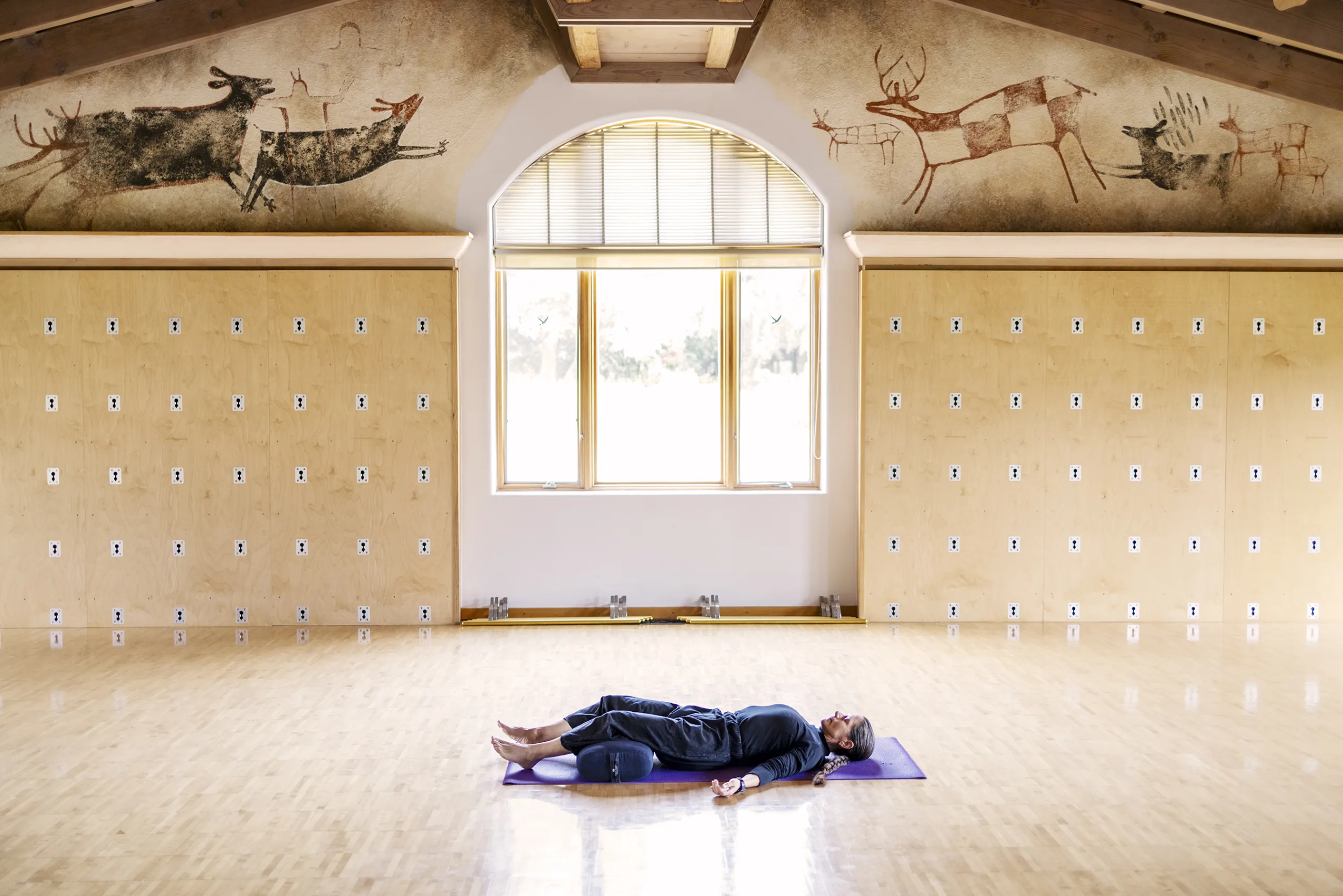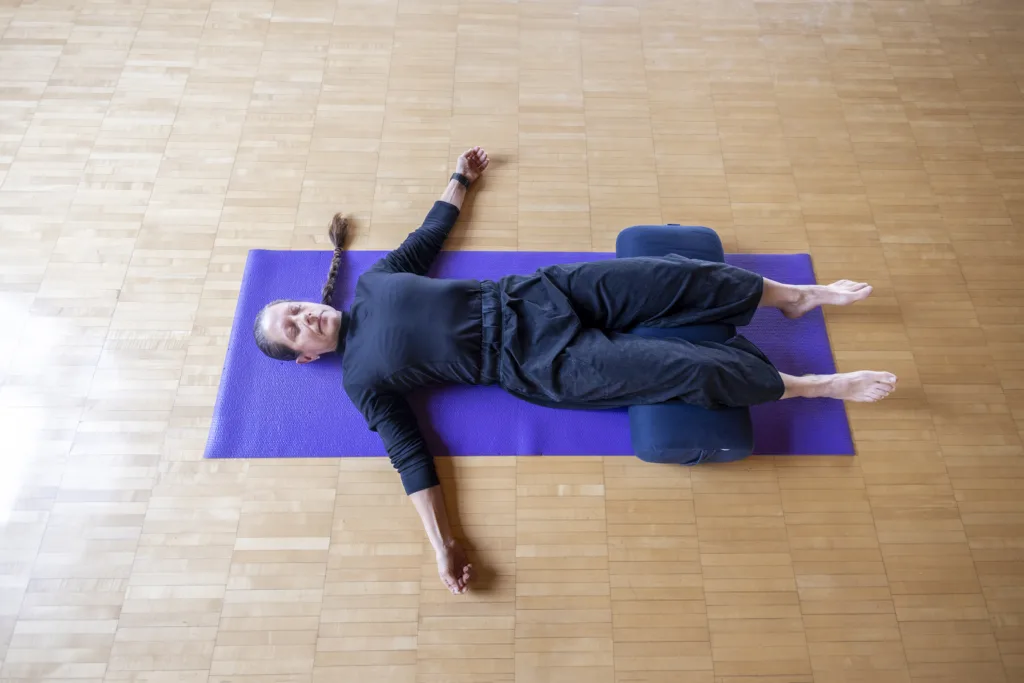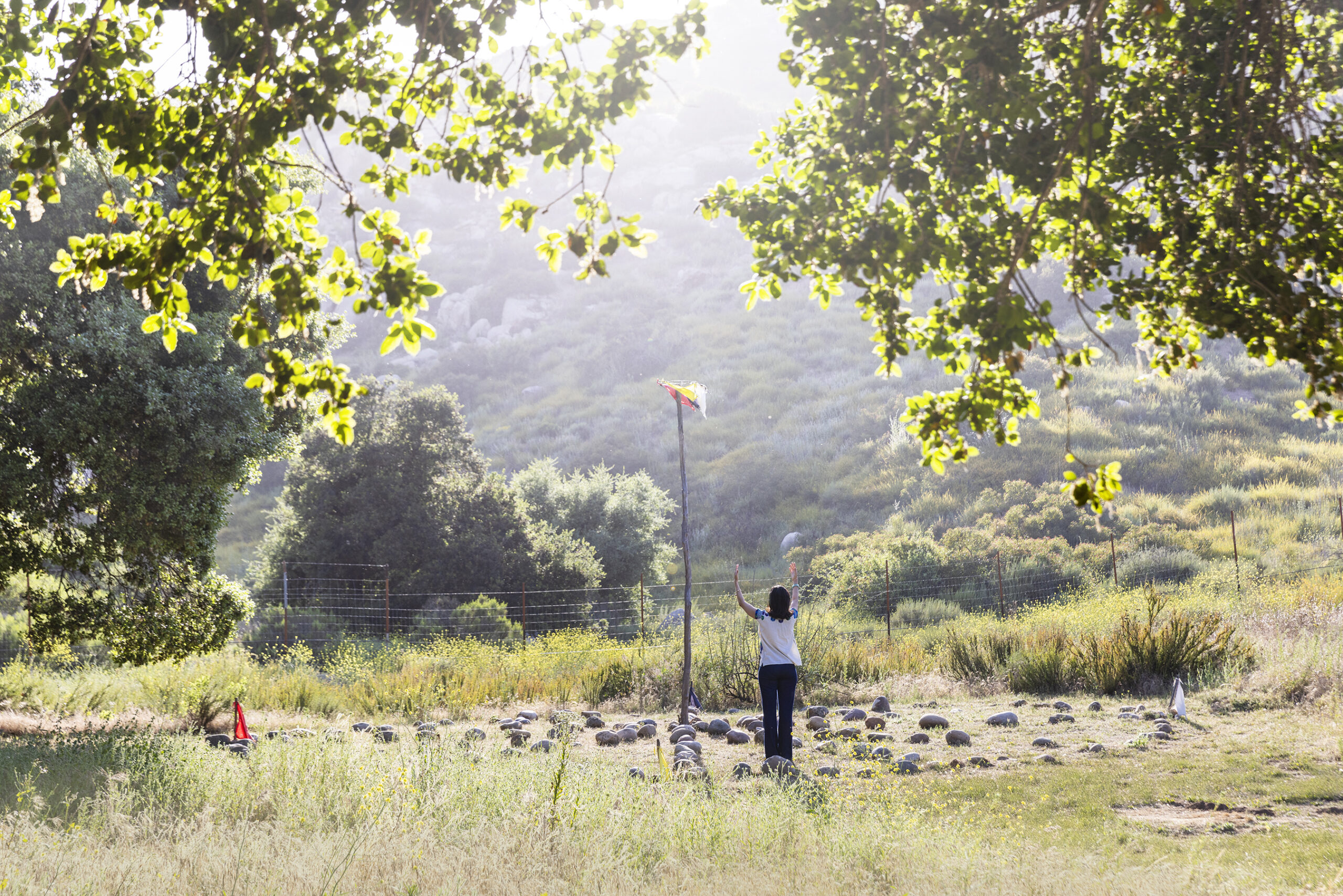Shavasana, a Resting and Restorative Pose

Jennifer DeMarco stands as a beacon of wellness, guiding enthusiasts through the intricate realms of yoga and strength training. Today, we delve into a cornerstone of our meditative journey – the enigmatic Shavasana pose. It may appear as a mere respite akin to a peaceful nap to the uninitiated. Yet, within this seemingly tranquil pose lies a profound exploration of life’s impermanence and the art of surrender. Join us as Jennifer unravels the origins and true essence of this ancient practice, inviting us to embrace introspection and release.
We’re here to talk today about the pose from the yoga practice called Shavasana. Typically, most of us think of it as the relaxation pose at the end of a physical yoga practice. It can also be a stand pose. The roots of Shavasana can be found in ancient Hindu and Buddhist practices. Shavasana was its own independent meditation in which the practitioner placed themselves literally at their moment of death. When we translate the word Shavasana into English, it means the corpse pose. The person is literally reminding themselves of the teaching of impermanence.
We can ask ourselves; would I be ready if this were my moment? Have I said in my life all that I wanted to say? Have I done all that I wanted to do? Have I made the contribution I was put here to make in this lifetime? And above all else, have I loved the people in my life in the way I really meant to? It’s a way in our physical practice of acknowledging these Hindu and Buddhist teachings of the impermanence of all things, including our own.

In the physical setup, as depicted in the photo, if you have any lower back concerns, you’re welcome to elevate your legs with support as you lie on your back. But it’s not necessary. If you’re comfortable lying flat, you can certainly do that. And in the setup of the pose, we’re relaxing the organs of action; your legs, your arms, and your mouth. The parts of us that go out and interact with the world around us.
So, the first step in Shavasana is to relax the organs of action. Allow the feet and legs to roll out comfortably without tension, tightness, or heaviness. The arm bones can roll out toward the thumb sides of the hands. And it’s important to position your head and neck in a place of comfort and ease. Then, you can keep your attention inside your body as if you can watch and observe the softening, relaxing, and releasing as it’s happening in real-time.
We recommend a minimum of seven minutes in Shavasana to allow the central nervous system to have adequate time to calm down into a place of parasympathetic function or relaxation response in the nervous system. It’s in this deep surrender, this deep letting go, that all of the magic of physical yoga happens: the insights that we develop, the calming of the nervous system, and even the adaptations in the physical body from the effort in practice really come to fruition in this surrendering and releasing and the letting go.
You can also listen to Jennifer discuss Shavasana in this video.

